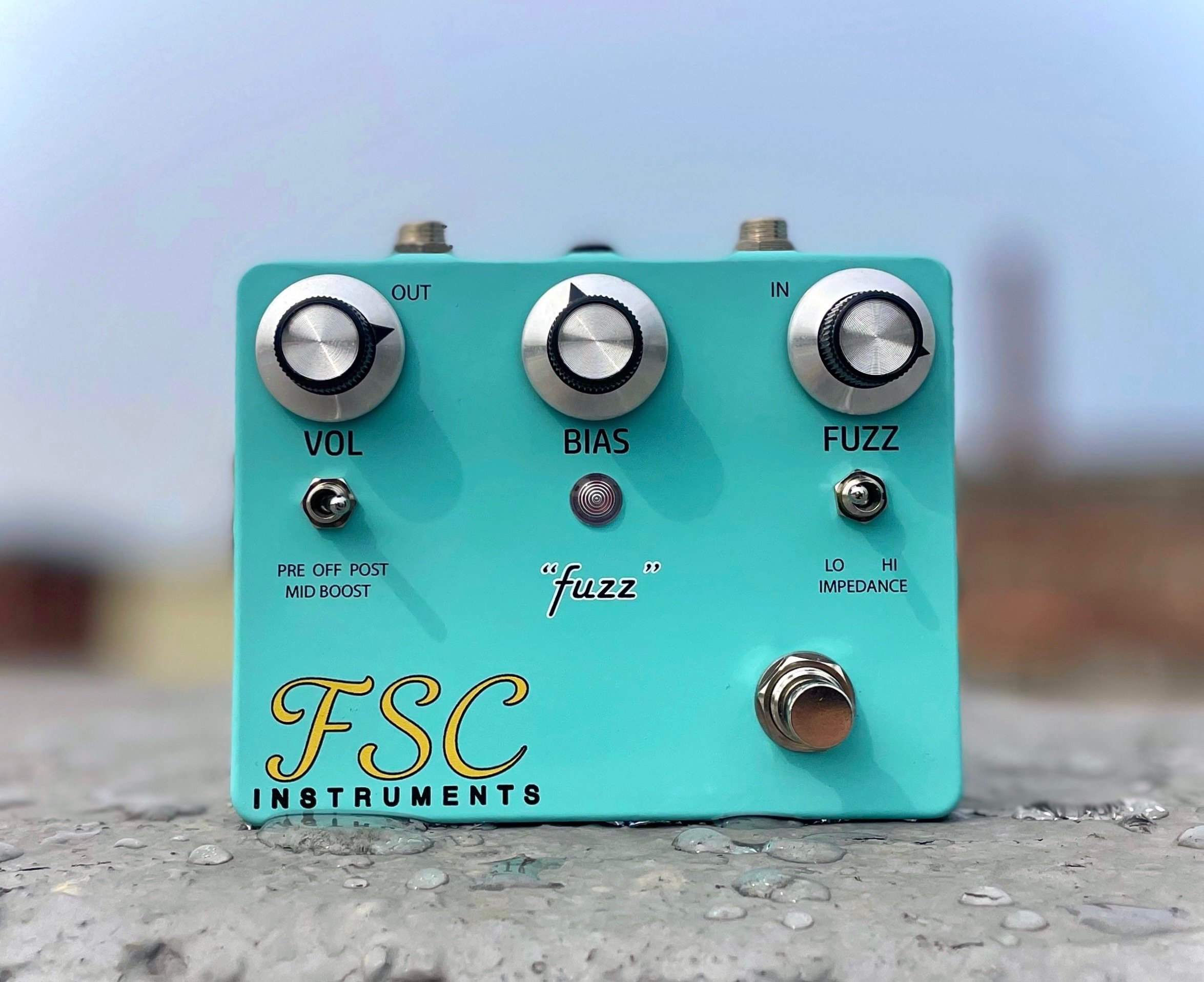I've dedicated considerable time delving into the intricacies of classic fuzz tones. To my discerning ears, one fuzz pedal doesn't cover all the sonic ground I seek. I'm meticulous about embracing the diverse characteristics inherent in each era and circuit of fuzz, strategically pairing them with the specific session or gig at hand.
What has captivated my attention is the void in the reproduction of early-era fuzz pedal circuits. In particular, the resonant allure of the original Maestro FZ-1 has enchanted me. My 90s Gibson reissue, crafted during a limited run, has become a rarity to procure.
Unbeknownst to me, amidst this quest, another early fuzz circuit has quietly continued production—the Rush Pepbox, conceived by the circuit designer Pep Rush's daughter, Lucy Rush.
A familial collaboration, Lucy worked alongside her father until his passing, making the Pepbox a testament to generational craftsmanship. In an industry where legacy businesses are a scarcity, this connection to the roots is noteworthy.







